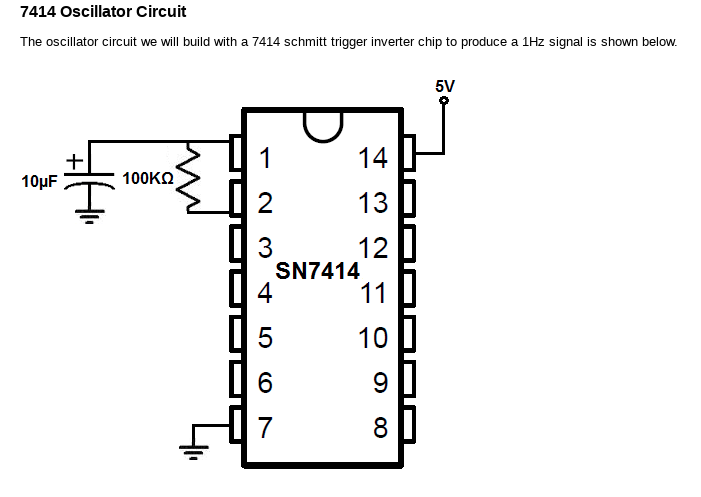Mordecai, your question has two parts which can be answered separately.
- Can you make a signal transmitter without a decoder ?
The answer is yes. Transmitters and decoders are two separate things and they don't necessarily have to be used together. A radio transmitter for example is a high frequency oscillator which sends out a signal into the air using an antenna. A decoder can be used to un-encode or decode a radio signal that was previously encoded by an encoder before being sent by a transmitter.
- Can you use a 555 to make a 1-10 kHz transmitter ?
Your idea with the 555 is on the right track except for two things.
First, a radio signal should start off as a sine wave and a 555 will probably output a square wave which isn't much use to anyone.
Second, a radio signal is usually a much higher frequency than 1 - 10 kHz. For a radio signal to work well, it needs to be far above 10 kHz. Lets say at least 500 kHz or higher is much better.
If you want to make a simple transmitter with 1 transistor and a few other parts, have a look at the link below.
https://www.buildcircuit.com/simple-steps-for-making-fm-transmitter/
It shows you how to make a 100 MHz transmitter, which doesn't have a decoder but it does use a process called modulation which superimposes the audio signal from the microphone onto the 100 MHz radio signal. This circuit will work very well and you will learn a lot. You can receive it on your standard FM radio.
